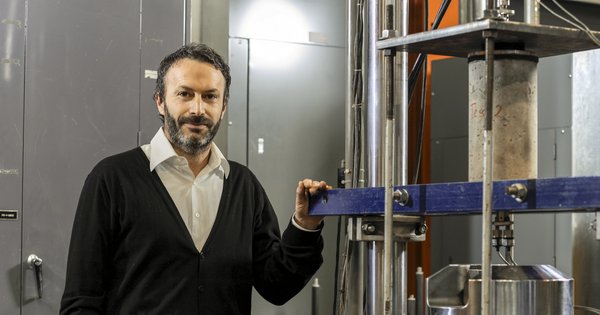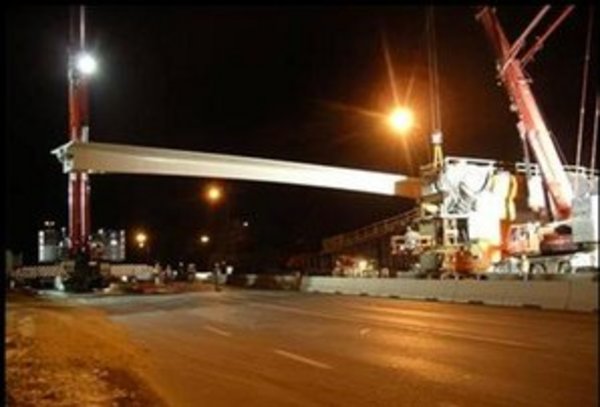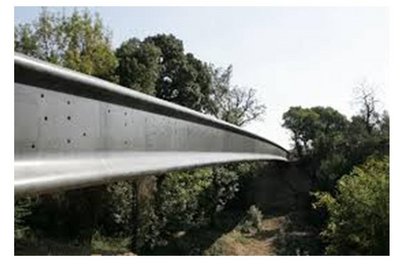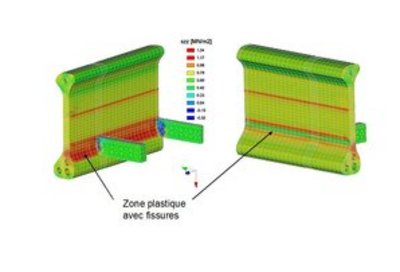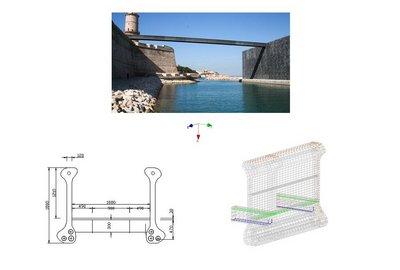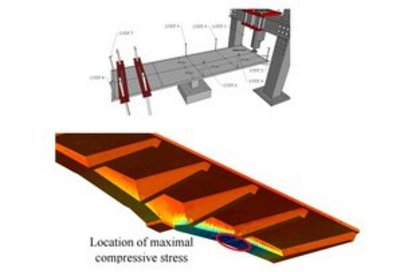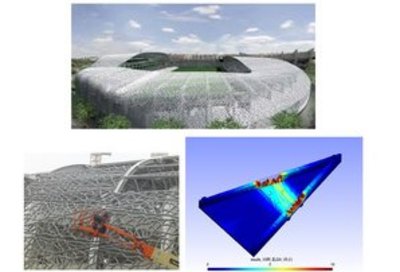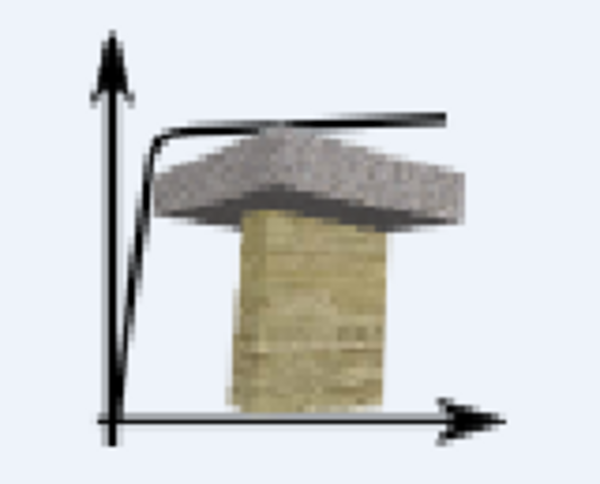Axis 1: Chemo-mechanical micro-structure characterization of composite materials
The new nano- and micro-indentation techniques are used to characterize the properties of materials at the microstructure scale. The potential is enormous for the industrial applications for rapid characterizaing new composites. For example, it is now possible to predict the long-term creep of concrete (30-50 years) with microindentation tests (5-10 minutes).
Axis 2: Multi-scale modeling
Micromechanical tools are developed to upscale the microstrucure property to the overall ones needed to engineers. Such tools take into account porosity and water in concretes as they play an important role in the behavior of concrete (e.g. drying shrinkage is due to the forces of water menisci in the pores capillaries). In addition, models are developed to understand the creep mechanisms associated with water and mechanical coupling (e.g. damage).
Axis 3: Structural applications (a) Modeling and Design of High Performance Fiber Reinforced Concrete Structures, UHPC; (b) Innovative design of wood-concrete structures
(a) We develop finite element models (in open-source code Aster software) developed advanced applications of materials in structures. Ex. We have developed a software to predict the effect of fiber orientation in the UHPF which is currently used for the design of the UHPC cover of the stadium J Bouin in Paris. The defect effect and orientation of the fibers on the flexural behavior and the slabs in UHPC are characterized in laboratory by advanced techniques of image analysis.
(b) Innovative solutions are developed for mixed wood-concrete structures for buildings and bridges, taking into account the economic challenge and the environmental impact
